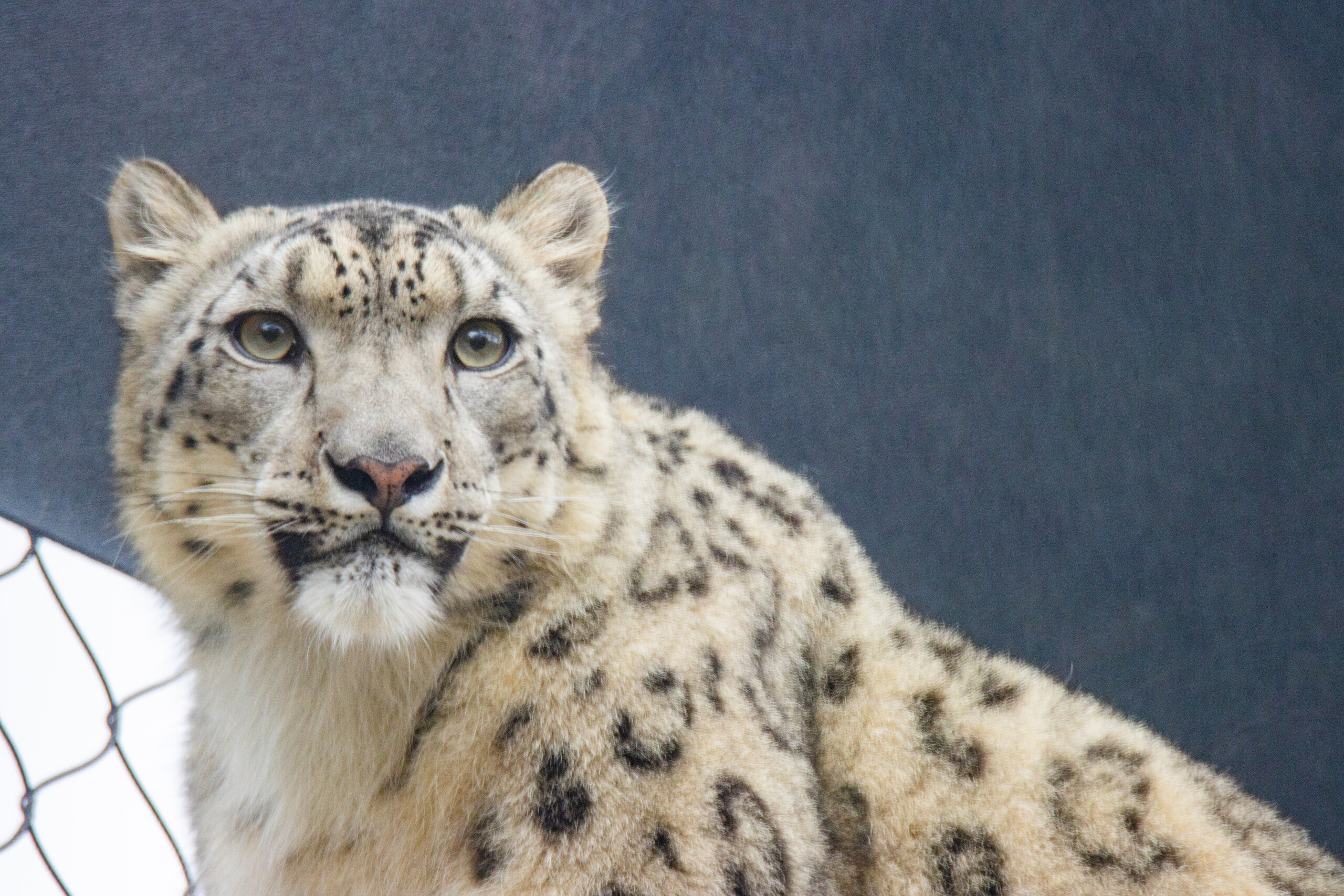Two New Honeybee Colonies Arrive at Philly Zoo
Honeybees and other pollinators are some of the most important animals on Earth. They promote the growth of trees, flowers, and plants which serve as food and shelter for many different animals—not to mention us humans! By nurturing the health and development of two honeybee colonies at the Zoo, we hope you will be inspired to take an active role in saving these incredible pollinating insects.
On June 1, 2022, two partial honeybee colonies arrived at the Zoo. At-home beekeeper and big cat keeper Jen spearheaded the project and is now taking the lead on teaching our staff how to care for the tens of thousands of bees.
“I believe [this project] has the ability to provide people of all ages a healthy perspective on the intrinsic value of all living things,” she says. “Knowledge into the bees’ essential roles on local ecosystems and to society can also curtail the negative human perceptions associated with these amazing animals.”
Honeybees account for 80% of all pollination done by insects and are responsible for one out of every three bites of food that humans consume. In the United States alone, honeybees pollinate over 95 different crops.
“Bees are also a fantastic symbol of nature as they act as indicators to environmental conditions, “ Jen says. “Their presence, absence, or quantity inform us when something is happening to the environment or when appropriate action is needed.”
The addition of these colonies also serves as a connection to our conservation efforts in Africa. The New Nature Foundation works on creative solutions to promote people living in harmony with nature. One of these includes promoting beekeeping. People who keep numerous hives not only have an eco-friendly source of income, but also their farms aren’t bothered by elephants since elephants are afraid of bees.
Honeybees 1
As the colonies grow and establish themselves, the hives are checked every day and food is added as needed. Hive inspections are done weekly or bi-weekly depending on how the size of the brood is and how much honey the bees are making.
So…how do bees make honey? Worker bees fly out of the hive to collect plant nectar. After moving from plant to plant, they return it to the hive. Bees will then chew on the nectar, introducing different enzymes and helping increase the sugar content and remove water. They’ll then pass the nectar to other bees to continue this process. Next, they’ll pack the nectar into hexagon-shaped honey cells and using their wings, continue to dry it until it turns into honey. Once the process is complete, the bees cover it in beeswax to save to eat during the winter months.
You can see our hives for yourself next to our Ankole cattle exhibit.
Support Our Conservation Efforts
Your gift to Philadelphia Zoo makes a difference for animals here and around the world.
